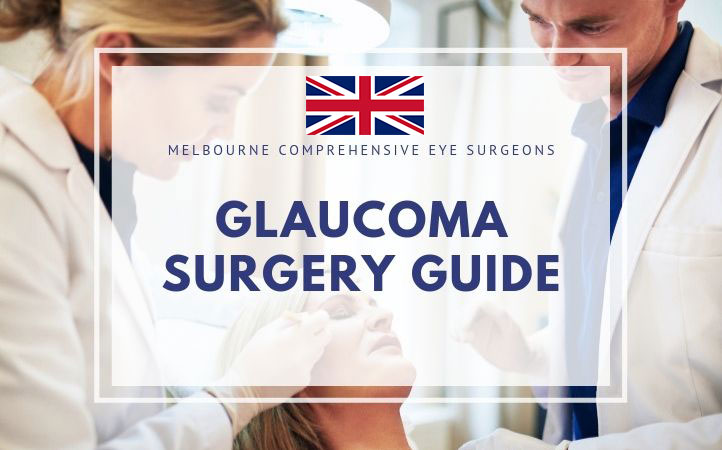Patient Guide: Choosing Between Drops, Laser, and Surgery in Australia
Selecting the right glaucoma treatment is one of the most important decisions for protecting your vision. In Australia, patients can choose among three main treatment paths—eye drops, laser therapy, and surgery—each with its own benefits, recovery time, and long-term outcomes. This guide helps you understand which option may be right for you.
Eye Drops – First Line of Treatment
Most glaucoma patients in Australia begin treatment with medicated eye drops. These drops lower intraocular pressure (IOP) either by reducing fluid production in the eye or improving fluid drainage.
Advantages of Eye Drops:
Non-invasive and easy to use.
Available in various formulations to suit different needs.
Can effectively control early or moderate glaucoma.
Limitations:
Must be used consistently, often for life.
Possible side effects such as redness, stinging, or systemic reactions.
Some patients find daily compliance challenging.
Your ophthalmologist will often prescribe combination drops if single medications fail to achieve the desired pressure level.
Laser Treatment – A Safe and Effective Option
If eye drops aren’t enough to maintain stable pressure, laser treatment may be the next step. In Australia, the most commonly performed procedure is Selective Laser Trabeculoplasty (SLT). It targets the eye’s drainage system to improve fluid outflow, thereby lowering IOP.
Benefits of Laser Therapy:
Minimally invasive and quick (usually under 10 minutes).
No incision or stitches required.
Can reduce or eliminate the need for daily drops.
Considerations:
Temporary blurriness or redness may occur after treatment.
Pressure-lowering effects may last several years before retreatment is needed.
Not suitable for all types of glaucoma.
Find cost-saving tips for Australia glaucoma patients.
👉 https://glaucoma.ph/glaucoma-surgery-cost-australia-sydney-melbourne-2025/
Surgical Treatments – For Advanced Glaucoma
When both drops and laser fail to maintain adequate eye pressure, glaucoma surgery becomes the next option. Surgical intervention helps create new drainage pathways or insert specialized implants to regulate fluid flow.
Common Surgical Options:
Trabeculectomy: Creates a small flap to drain fluid safely.
Glaucoma drainage devices (tubes or shunts): Redirect fluid out of the eye.
Minimally Invasive Glaucoma Surgery (MIGS): Uses micro-stents to enhance drainage with less trauma and faster recovery.
Benefits:
Long-lasting pressure control.
Reduced dependence on eye drops.
Can be combined with cataract surgery for efficiency.
Drawbacks:
Higher risk of infection compared to laser or drops.
Requires longer follow-up and post-surgical care.
How to Choose the Right Treatment for You
Choosing between drops, laser, and surgery depends on several factors, including your eye pressure level, disease stage, lifestyle, and tolerance to medications.
Your ophthalmologist will evaluate:
How well your eyes respond to drops or laser therapy.
Your ability to adhere to daily medication schedules.
Whether your vision or optic nerve damage is progressing.
Personalized treatment ensures that glaucoma is controlled while preserving quality of life.
Monitoring and Long-Term Care
Regardless of the chosen treatment, regular monitoring remains essential. Follow-up appointments, visual field tests, and imaging scans help ensure your glaucoma management remains on track.
Continuous care and communication with your doctor will allow early detection of any changes in pressure or vision, preventing irreversible damage.
Conclusion
Australian patients now have access to multiple glaucoma treatment options, from non-invasive eye drops to advanced surgical procedures. Understanding these options empowers you to make informed decisions alongside your ophthalmologist.
With proper care, adherence, and regular checkups, glaucoma can be managed effectively—preserving your vision and improving your quality of life in 2025 and beyond.




